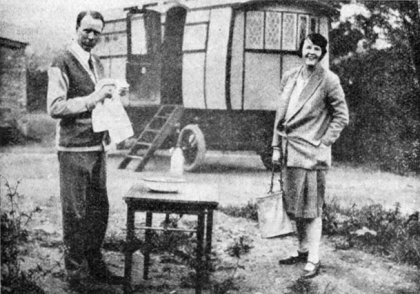
Sinclair Lewis received this letter from a lawyer in a Midwestern city:
Dear Lewis:
Have read a few of your works and would like to ask a few favors. Please send me a list of your stories, your autograph, picture, and a letter describing your life. How many children have you and their names.
Thanking you, I am
Yours very truly,
J.J. Jones, Esq.
He responded:
My Dear Jim:
There was only one thing about your nice letter that I didn’t like. It was so sort of formal. True, we have never met, and somehow I feel we aren’t likely to, but, isn’t this a democratic country? So let me call you Jim, and you call me Fatty, or any other friendly name.
Now Jim, I haven’t got a photograph of me here, but I’ll go right down to the junction and have one taken. I’m preparing a letter about my life, but it’s been a pretty long one and a bad one, and that will take me several weeks.
But in the meantime, Jim, I’m awfully interested in lawyers. Kindly send me your picture, picture of your home and office, a list of your assets and liabilities, average income per month, list of the books you have read since 1914, if any. Kindly inform me whether you have ever defended a bootlegger and why. Should be glad to have any other interesting personal information for use in a story. How do you get along with your wife? Kindly explain this in detail.
Thanking you in advance, I remain,
Yours affectionately,
Sinclair Lewis

